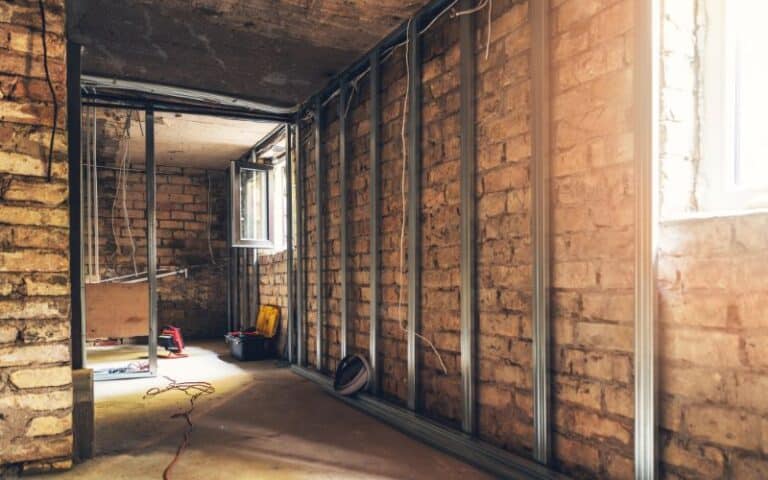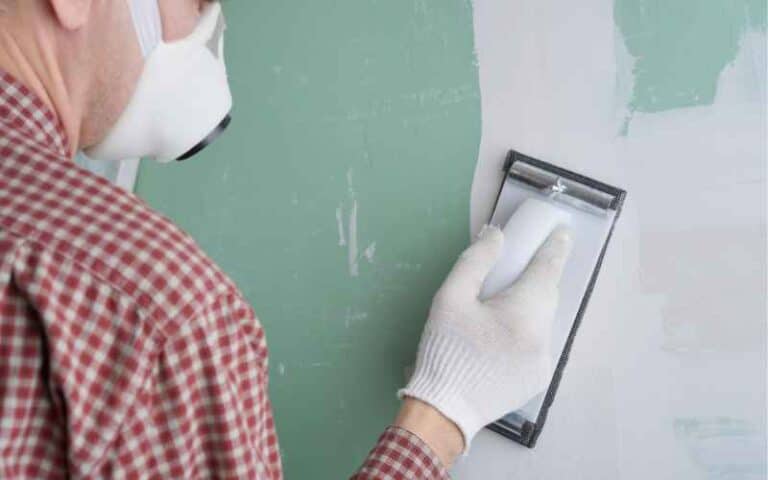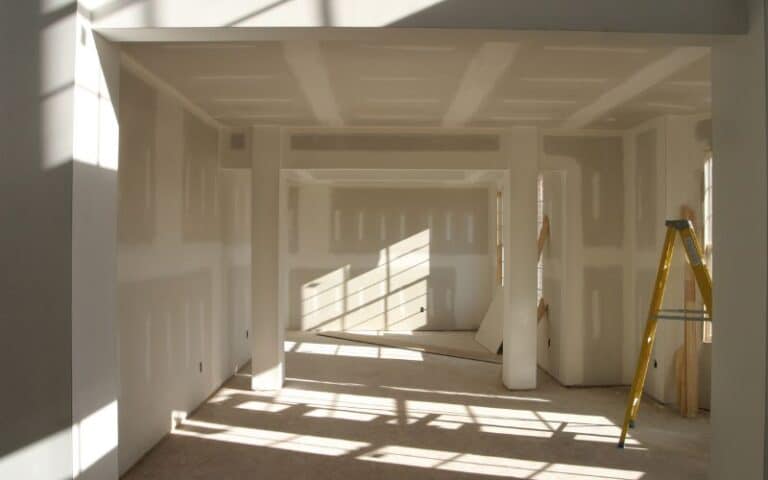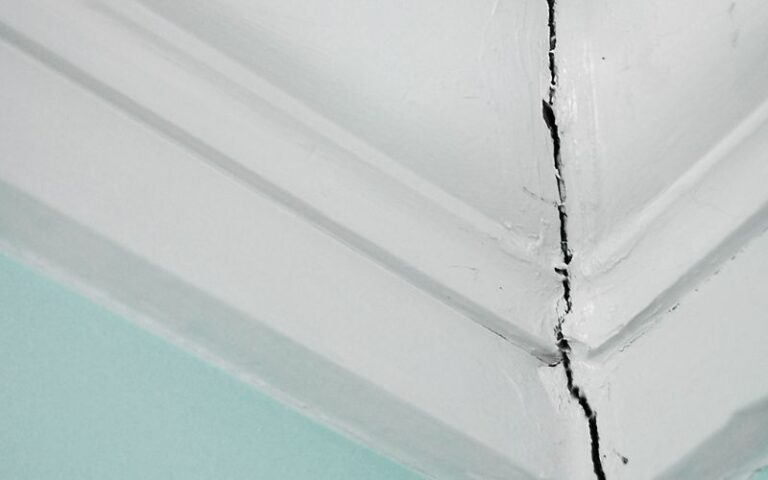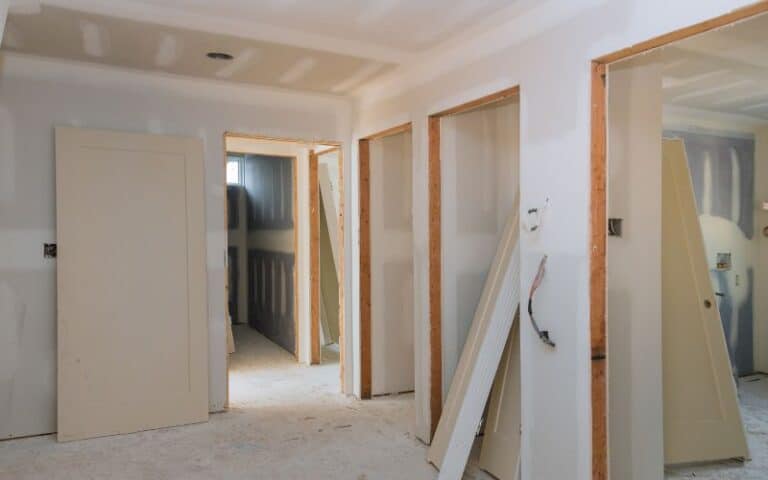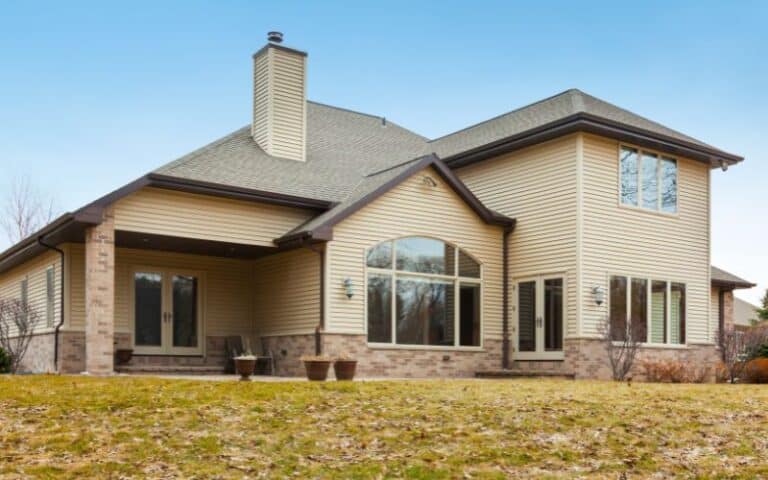A drywall seam appears when two or more pieces mount next to one another. A gap forms at the intersection of each piece, and the seam compound can’t fill this gap.
Drywall tape must cover the seams before the seam compound comes into play.
The drywall tape has unique properties for supporting seam compounds, which makes it perfect for this task.
Does masking tape share the same characteristics to make it fit for drywall?
The nature of masking tape makes it unfit for use on drywall seams. The lightweight tape will remove because it doesn’t adhere properly. Also, the tape doesn’t soak up paint and crinkles when wet. Masking tape is more suited for preventing cracks where two boards join.
Reading on, you’ll pick up the qualities of the masking tape and understand why it’s a poor alternative to drywall tape.
Furthermore, you’ll learn the different types of drywall tapes and where you can use masking tape on drywall.
Ready for a Drywall Quiz?
Is Masking Tape a Good Alternative to Drywall Tape?
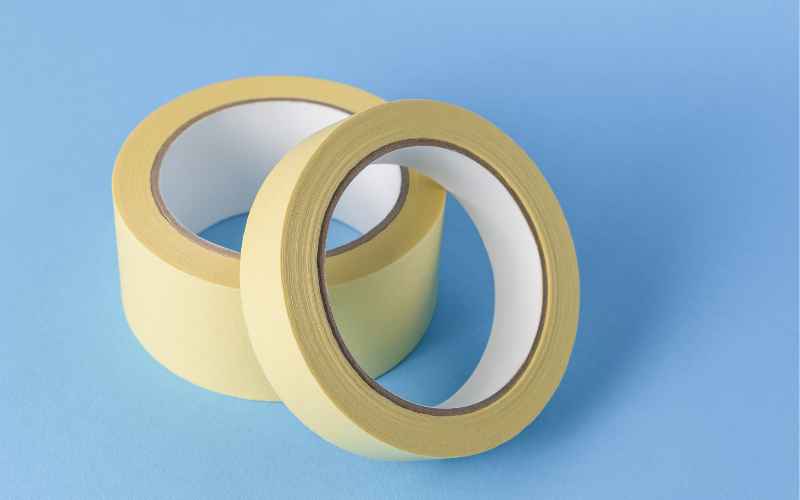
Masking tape isn’t a perfect substitute for drywall tape. The properties of masking tape differ from that of drywall tape.
The table below will highlight the differences between the two tapes.
| Masking Tape | Drywall Tape |
|---|---|
| The adhesive used here is weaker. | The bonding agent utilized here is more potent. |
| It doesn’t absorb paint and creases up when wet. | The tape absorbs moisture. |
| Masking tape’s material is delicate. | Drywall tape’s material is more durable. |
Both tapes have numerous uses; however, they aren’t substitutable. To understand them better, you’ll need to look at the nature of these tapes.
#1. Masking Tape
Masking tape uses a bonding agent that quickly comes off surfaces, making it valuable for other uses.
For example, you can use masking tape to seal off surfaces that don’t need painting. Then, after painting, you’ll wait for the paint to dry before removing the tape.
Another use of masking tape is for labeling items. You can stick the tape on lab equipment, foodstuff, and other supplies.
One can also insulate wires with masking tape and join electric wires. The tape also joins different materials like damaged furniture and utensils.
Because of the tape’s adequate viscosity, you can apply it to exterior decorations.
Unfortunately, masking tape doesn’t accommodate watery paints despite these many applications.
The reason is the adhesive layer of the tape reacts with such paints and breaks down. This reaction can leave residue on surfaces.
For this reason, masking tape isn’t perfect for use for drywalls. In addition, the dampness of the joint compound will make the tape lose its adhesion.
If the tape loses adhesion, it will result in a mess on the drywall. Masking tape might be helpful in other drywall areas but not on seams.
#2. Drywall Tape
Drywall tape is a product of plain paper that is not different from the texture of drywall panels. The product comes rolled up, and one can apply it by hand along the joints.
Drywall tape uses a rougher and more durable bonding agent that resists water.
It is vital for completing drywall installation, and its application is mostly on drywalls to shield visible seams.
One applies drywall tape on the joints within drywall pieces. Proper completion of this task covers seams, junctures, and joints and smooths the wall’s exterior.
For this tape to execute this task, drywall tape has a seam designed into the tape’s center.
This attribute allows easier manipulation when layering wall areas that are not flat, like corners. The tape covers joints on the drywall.
You then apply a seam compound on the tape. The material of this tape allows it to hold a seam compound, unlike masking tape.
Its primary purpose is to cover up seams. That’s why it’s difficult finding a substitute for it.
Can You Use Masking Tape For Drywall Seams?
You can’t use masking tape to cover seams within drywall sheets. Usually, there’s moisture in the seam compound.
If you apply masking tape there, the adhesion will lose its ability once moisture enters it.
The design of drywall tape allows it to absorb the seam compound, painting, and sanding. Therefore, any of the two drywall tapes will produce better results compared to masking tape.
You can only use masking tape on drywall to make clean outlines and stop paint from flowing unto other areas.
Additionally, masking tape can cover cracks and crevices in drywall before fixing or painting them.
If you must use masking tape on drywall, there are conditions you must follow.
#1. Nature of Surface
Before you use masking tape, you must consider the surface you’re working on. Masking tapes have various breadths, adhesives, and thicknesses.
You must select a tape that matches the surface on which you want to apply it.
For example, some surfaces might require masking tapes with strong adhesive so the tape will adhere suitably.
#2. Temperature and Dampness
The temperature of the surface must also come into contemplation. The adhesive can lose its ability if the surface’s temperature is too low.
Cold can freeze up the adhesive and render it useless. Conversely, a damp surface may prevent the tape from sticking properly.
#3. Masking Tape Application
Masking tape will not apply on drywall except you follow these guides;
- Apply the tape on unwrinkled areas. The tape is difficult to adhere to textured surfaces and might peel off.
- Ensure that the area you want to tape is dust-free. Wipe the surface before using the tape so it won’t leave a gluey residue when unpeeled.
- Using masking tape, start applying from the wall’s center and move out to the sides.
This way, you’ll ensure that the application is even and that no bubbles or creases will appear.
Once you plaster the tape, use your hand to push down its edges softly so it properly adheres.
Can You Use Any Tape For Drywall?
In most situations, you must use drywall tape on the joints of a drywall. The tape has the properties to support the seam compound and prevent it from breaking off when dry.
The following are the various types of drywall tapes you can use.
#1. Paper Tape
This tape arrives in vast rolls of 75 feet plus. The tape features a crease in the middle, which you can fold and apply to the inside corners.
Before applying, you need to bed the wall.
You do this by applying a thin layer of seam compound on the drywall. Then, you plaster the tape at the joint and gently slide your finger over it to release air bubbles.
After some hours, the bedding dries off, and then you apply the last layer of seam compound.
#2. Fiberglass Mesh Tape
This tape sticks to the wall and has absurd strength, unlike paper tape. Also, it’s almost impossible to tear this tape because of its texture.
The tape features fiberglass threads laced into each other to create a tape-like shape. The tape, however, can be challenging to handle due to its gluey nature.
To apply this tape, cover it on the drywall seams, then plaster the seam compound on the tape. Make sure to push the compound into the tape’s holes so they can get inside the seam.
Allow the compound to dry, then apply another layer of seam compound across the tape.
#3. Ultra-Thin Fiberglass Tape
This tape is similar to the fiberglass mesh tape; the only distinction is its thinner with more threads. The mesh is akin to fabric, having extra intersection points within threads.
This quality makes the tape stronger than the thicker fiberglass tape. The ultra-thin fiberglass works well on butt joints, is self-sticking, and is excellent for single-area repair.
#4. Metal Tape
The metal tape is a niche item. It’s simply paper tape strengthened with two thin metal strips across the tape’s length.
The tape is flexible, and you can apply it inside corner joints. However, metal tapes need lengthwise folding before plastering on the corner.
The tape features a crease which makes it easier to fold.

